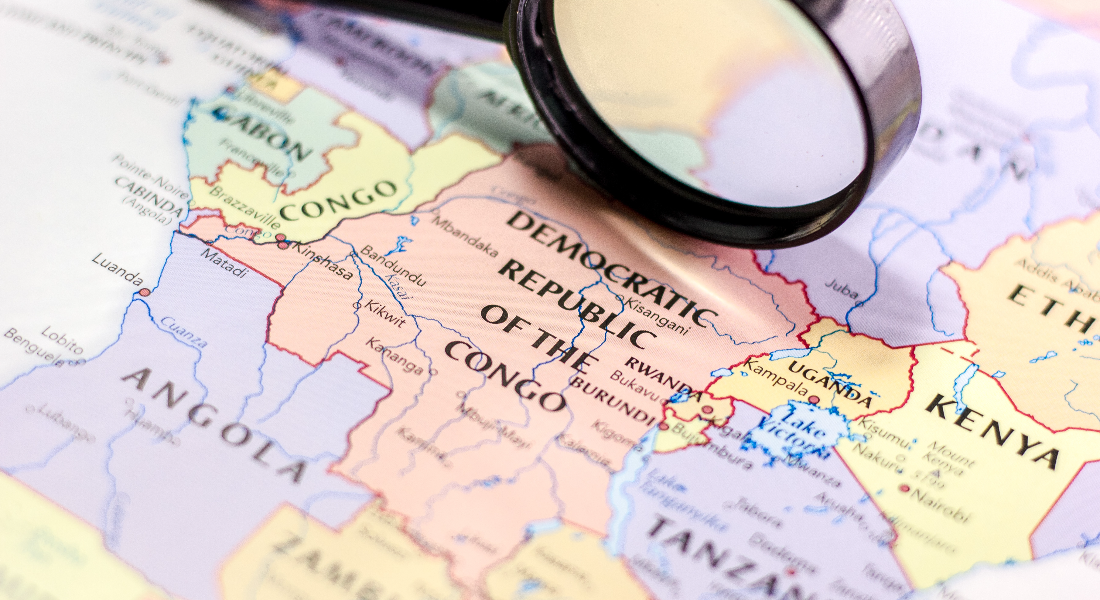
Democratic Republic of the Congo: three types of patents
In many countries, a patent can only be registered if it is new, has an inventive step, and is industrially applicable. In addition to meeting these substantial requirements, you also must meet other formal requirements, including legal deadlines.
It turns out that in many jurisdictions there are types of patents with substantial lighter requirements, namely utility models.
However, the Democratic Republic of the Congo (DR Congo) chooses to specify three other types of patents: “Art.5. There shall be three types of patents: invention patents, import patents, and improvement patents.” (Article 5, Law No. 82-001 of January 7, 1982, on Industrial Property)
The rules on invention patents are the traditional ones, present in most countries. Any invention which, arising from inventive activity, is capable of being exploited as the subject matter of industry or trade, shall be patentable.
Regarding the others, the following is stipulated:
- Import patents: shall cover inventions for which, on the date of filing or of priority of the related application, the holder had already obtained an invention patent in a foreign country.
- Improvement patents: shall be those which concern any improvement of an already patented invention
Protection for these two types of inventions shall come to an end at the same time as the primary patent to which they are attached.
The law does not refer in detail to the examination conditions for these inventions other than these two definitions.
However, we must still delimit what can or cannot be registered as a patent in DR Congo:
- theoretical or purely scientific principles and conceptions;
- creations of a purely ornamental nature:
- financial or accounting methods, game rules, and all other systems of an abstract nature, in particular programs or series of instructions for the sequence of operations of a calculating machine; and
- inventions whose publication or exploitation would be contrary to public order, State security, or morality.
Although there is no protection for this non-patentable matter, discoveries may be the subject of a title called an “incentive certificate”.
The law further adds that: “Incentive certificates shall be issued to the author or holder of the discovery and shall give him the right to a reward, in accordance with the conditions and arrangements to be determined by enabling measures. Nevertheless, incentive certificates shall only be granted for useful discoveries.”
The DR Congo law assigns applicants several ways to protect their inventions.
The rules are quite applicant-friendly and create a broad dome of protection for inventions and discoveries. In this sense, despite the lack of deadlines to file a patent in DR Congo, there are legal mechanisms to fill in this gap.
This is a co-published article, which was originally published in the World Intellectual Property Review (WIPR).
Lista de Territórios
Não existem resultados para a sua pesquisa.
- África
- África do Sul
- Angola
- Argélia
- Benin
- Botsuana
- Burkina Faso
- Burundi
- Cabo Verde
- Camarões
- Chade
- Comores
- Costa do Marfim
- Djibuti
- Egito
- Eritreia
- Eswatini (Suazilândia)
- Etiópia
- Gabão
- Gâmbia
- Gana
- Guiné
- Guiné-Bissau
- Guiné-Equatorial
- Lesoto
- Libéria
- Libia
- Madagáscar
- Maiote
- Malaui
- Máli
- Marrocos
- Maurícias
- Mauritânia
- Moçambique
- Namíbia
- Níger
- Nigéria
- Quénia
- República Centro-Africana
- República Democrática do Congo
- República do Congo
- Reunião
- Ruanda
- Saara Ocidental
- São Tomé e Principe
- Seicheles
- Senegal
- Serra Leoa
- Somália
- Sudão
- Sudão do Sul
- Tanzânia
- Togo
- Tunísia
- Uganda
- Zâmbia
- Zanzibar
- Zimbábue
- África (OAPI)
- África (ARIPO)
- Mais Territórios
- Macau
- Maldivas
- Portugal
- Timor Leste
- Marca da União Europeia (EUIPO)
- Marca Internacional (Sistema de Madrid)
- Patente Europeia (IEP)
- Tratado de Cooperação em matéria de Patentes (PCT)




